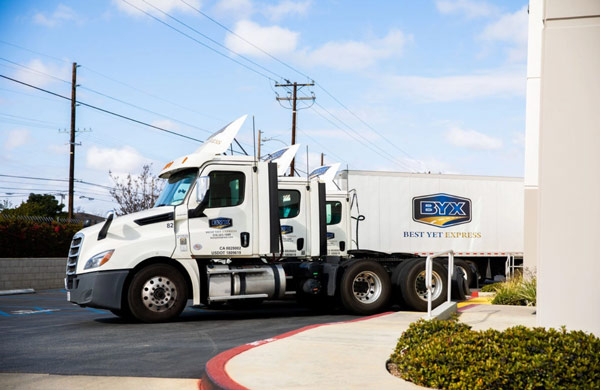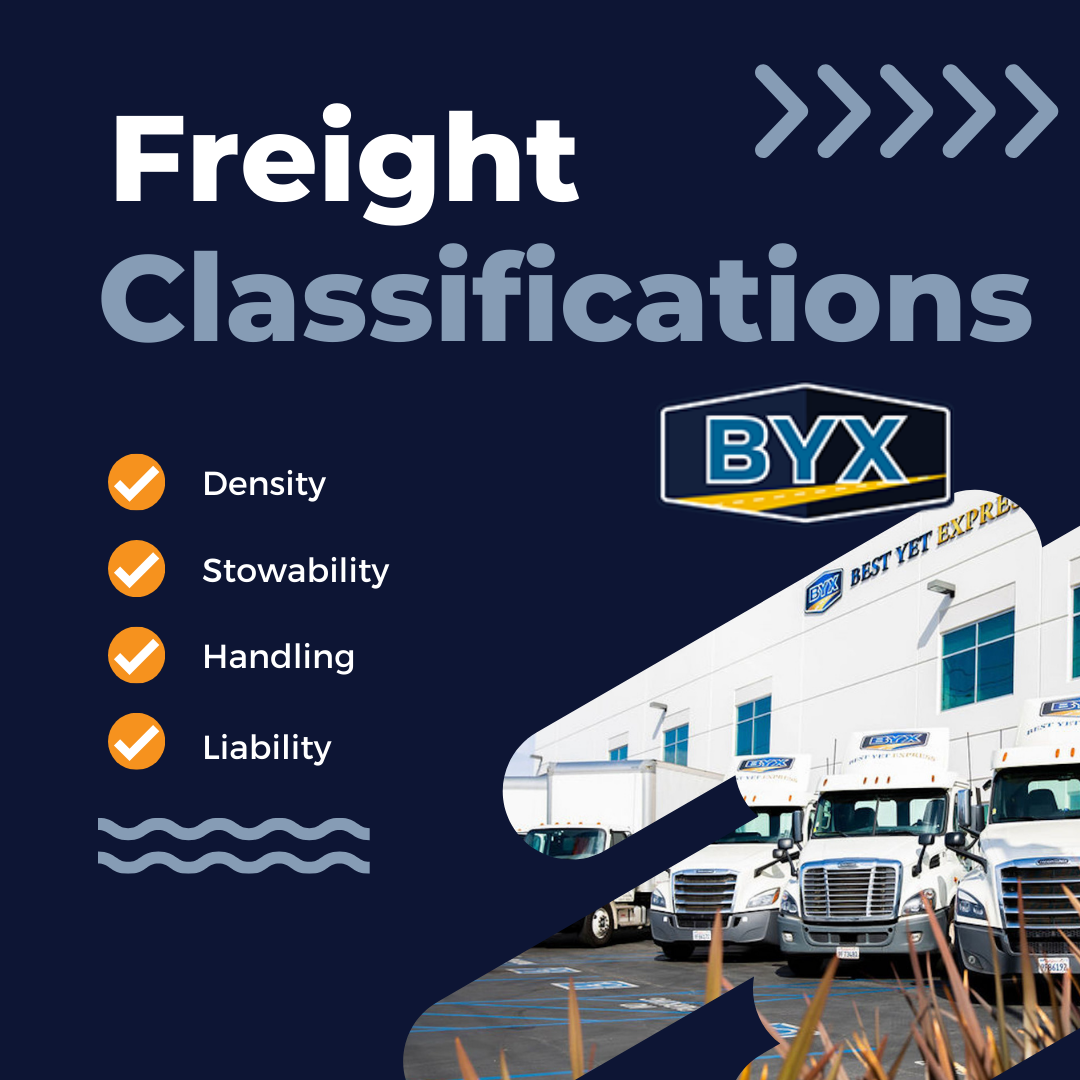The trucking industry serves as the backbone of global commerce, transporting goods across vast distances and connecting businesses to consumers. However, behind the scenes of this essential service lies a complex web of operational costs that significantly impact the viability and profitability of trucking companies. Understanding these costs is crucial for companies to optimize efficiency, remain competitive, and navigate the challenges of this dynamic sector.
In a report published by the American Transportation Research Institute’s 2023 update indicated total marginal costs reached a record high in 2022, increasing by 21.3% to over $2.251 per mile.
Overview of Operational Costs:
1. Fuel Costs:
Fuel expenses constitute a substantial portion of a trucking company’s operational costs, accounting for approximately one-third to half of total expenses. In 2022 fuel rose by 53.7% higher than in 2021. Fluctuations in oil prices, fuel efficiency of trucks, and route optimization significantly influence these costs. Companies often implement fuel-saving technologies, such as aerodynamic improvements, hybrid vehicles, or alternative fuels, to mitigate the impact of rising fuel prices.
2. Maintenance and Repairs:
Maintaining a fleet of trucks in top condition is imperative for safety and efficiency. Routine maintenance, repairs, and unexpected breakdowns can accumulate significant costs. ATRI reported truck and trailer payments increased by 18.6% between 2021 to 2022. Proactive maintenance schedules, investing in quality equipment, and utilizing predictive maintenance technologies help minimize downtime and repair expenses.
3. Driver Wages and Benefits:
Driver compensation forms a substantial part of operational expenses. ATRI reported driver wages increased by 15.5% in 2022. Recruiting and retaining skilled drivers while complying with labor regulations and offering competitive wages and benefits can strain a company’s budget. Additionally, driver turnover and shortages contribute to increased recruitment and training costs.
4. Insurance Costs:
Trucking companies face various risks on the road, necessitating comprehensive insurance coverage. Rising insurance premiums due to factors like accidents, cargo theft, and regulatory changes add to the operational overhead. Companies often employ risk management strategies and invest in safety measures to mitigate these costs.
 5. Administrative and Overhead Expenses:
5. Administrative and Overhead Expenses:
Beyond direct operational costs, trucking companies incur administrative expenses such as office rent, administrative staff salaries, licensing fees, and technology infrastructure costs. Investments in digital solutions for logistics management, route optimization, and compliance software also contribute to overhead expenses.
Strategies to Manage Operational Costs:
1. Technology Adoption:
Implementing advanced technologies like GPS tracking, telematics, and fleet management software aids in optimizing routes, improving fuel efficiency, and enhancing overall operational performance.
2. Efficient Fleet Management:
Regular maintenance, scheduled inspections, and strategic fleet management practices reduce breakdowns, extend vehicle lifespan, and minimize repair costs.
 3. Driver Training and Retention:
3. Driver Training and Retention:
Investing in driver training programs, offering competitive wages, and providing incentives for safe driving practices contribute to driver satisfaction, reducing turnover and associated recruitment costs.
4. Fuel Efficiency Measures:
Adopting fuel-efficient vehicles, aerodynamic enhancements, and exploring alternative fuel options help mitigate the impact of rising fuel prices.
5. Analyzing and Adjusting Pricing Structures:
Regularly evaluating pricing models, considering market trends, and adjusting rates to ensure profitability while remaining competitive is crucial for sustained success.
In conclusion, operational costs constitute a significant challenge for trucking companies, affecting their bottom line and competitiveness in the industry. By adopting a multi-faceted approach that involves leveraging technology, optimizing fleet management, investing in human resources, and continually reassessing strategies, trucking companies can navigate these challenges and pave the way for sustainable growth in an ever-evolving industry.


 5. Administrative and Overhead Expenses:
5. Administrative and Overhead Expenses: 3. Driver Training and Retention:
3. Driver Training and Retention:




